
产品展示
您当前的位置:首页 » 产品展示 » 填充柱 » HH-PLOT-Molecular sieve-II甲烷毛细管 环境空气甲烷的测定HJ 604-2017
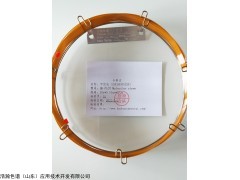
| 产品名称: | HH-PLOT-Molecular sieve-II甲烷毛细管 环境空气甲烷的测定HJ 604-2017 |
| 产品型号: | HH-PLOT-Molecular sieve-II甲烷毛细管 |
| 品牌: | 1941 |
| 产品数量: | |
| 产品单价: | 面议 |
| 日期: | 2022-04-30 |
HH-PLOT-Molecular sieve-II甲烷毛细管 环境空气甲烷的测定HJ 604-2017的详细资料
环境空气甲烷的测定HJ 604-2017环境空气甲烷的测定HJ 604-2017 详细信息:
甲烷毛细管柱:
固定相:多孔层开口管分子筛柱或其他等效毛细管柱
规格:30m*0.53mm*25um
应用: 环境空气 总烃、甲烷和非甲烷总烃的测定 直接进样-气相色谱法HJ 604-2017HJ 604-2017 环境空气 总烃、甲烷和非甲烷总烃的测定 直接进样-气相色谱法
1 适用范围
本标准规定了测定环境空气中总烃、甲烷和非甲烷总烃的直接进样-气相色谱法。
本标准适用于环境空气中总烃、甲烷和非甲烷总烃的测定,也适用于污染源无组织排放监控点空气中总烃、甲烷和非甲烷总烃的测定。
当进样体积为1.0ml时,本标准测定总烃、甲烷的检出限均为0.06mg/m3(以甲烷计), 测定下限均为0.24 mg/m3(以甲烷计);非甲烷总烃的检出限为0.07mg/m3(以碳计),测定下限为0.28 mg/m3(以碳计)。
2 规范性引用文件
本标准引用了下列文件或其中的条款。凡是不注日期的引用文件,其有效版本适用于本标准。
HJ 194 环境空气质量手工监测技术规范
HJ 664 环境空气质量监测点位布设技术规范(试行)
HJ 732 固定污染源废气挥发性有机物的采样气袋法
HJ/T 55 大气污染物无组织排放监测技术导则
3 术语和定义
下列术语和定义适用于本标准。
3. 1
总烃 total hydrocarbons (THC)
指在本标准规定的测定条件下,在气相色谱仪的氢火焰离子化检测器上有响应的气态有机化合物的总和。
3.2
非甲烷总烃 no
指在本标准规定的测定条件下,从总烃中扣除甲烷以后其他气态有机化合物的总和(除非另有说明,结果以碳计)。
4 方法原理
将气体样品直接注入具氢火焰离子化检测器的气相色谱仪,分别在总烃柱和甲烷柱上测定总烃和甲烷的含量,两者之差即为非甲烷总烃的含量。
环境空气甲烷的测定HJ 604-2017 测试谱图:
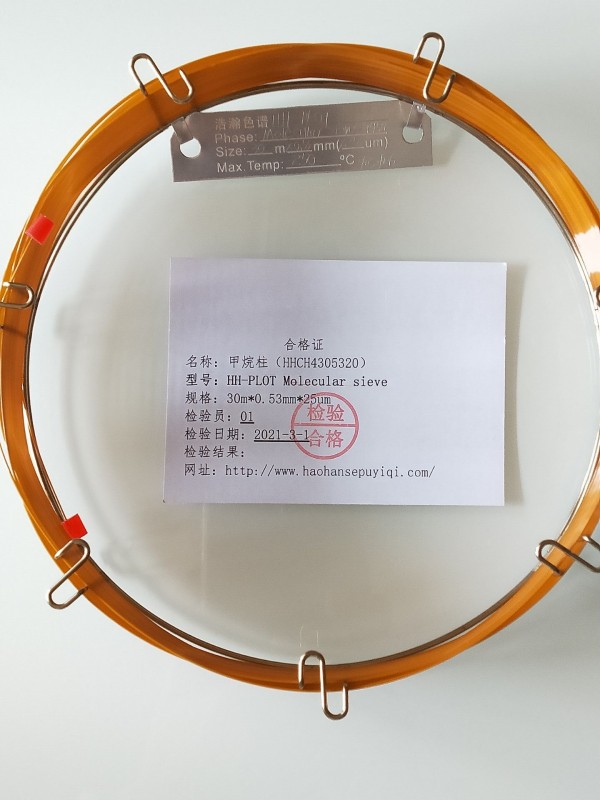
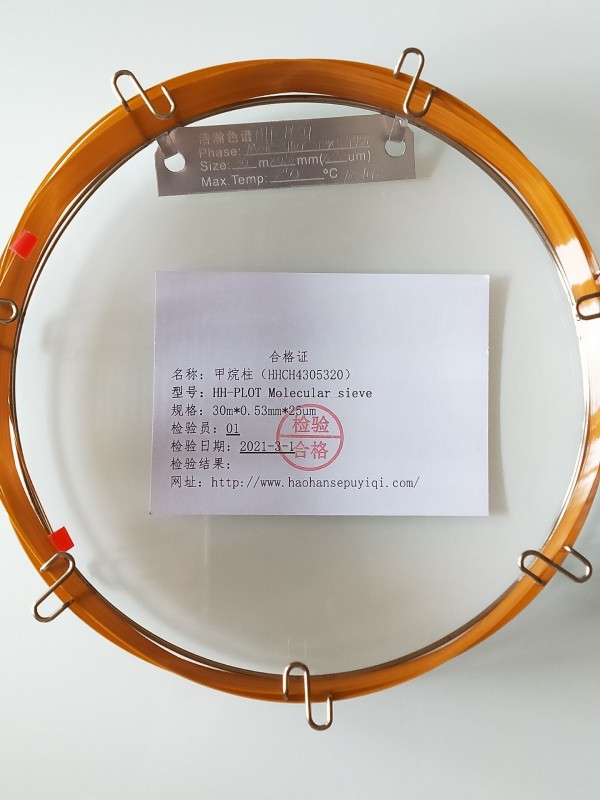
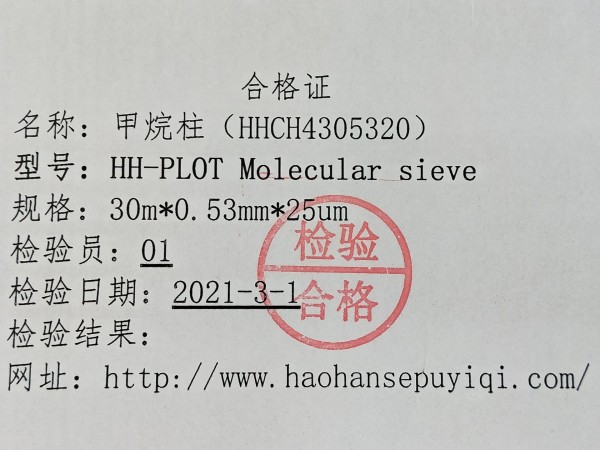
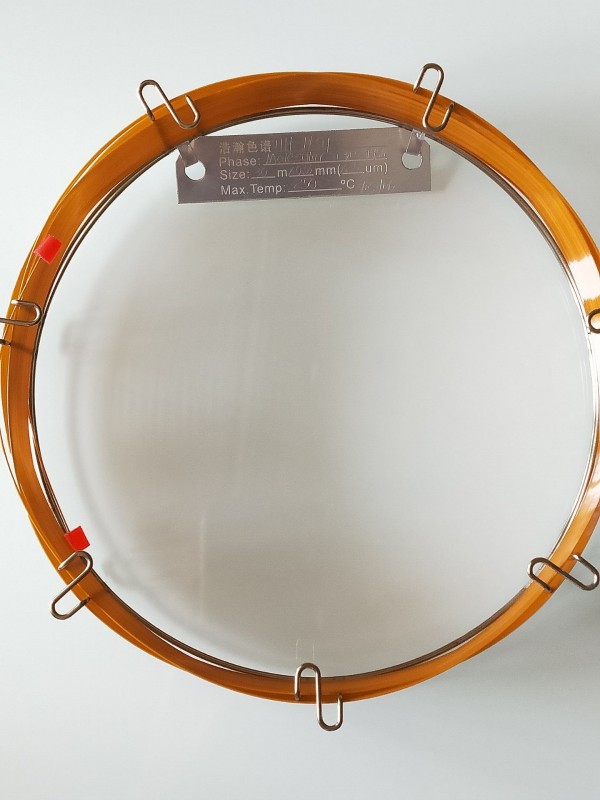

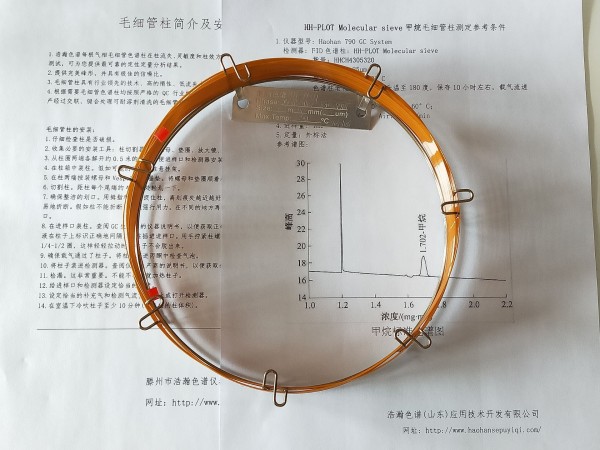
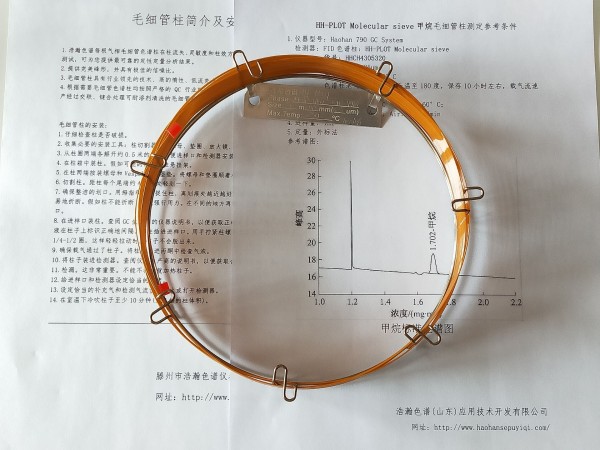
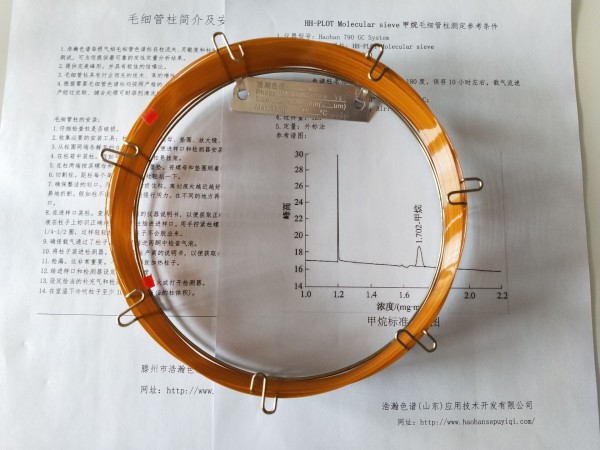
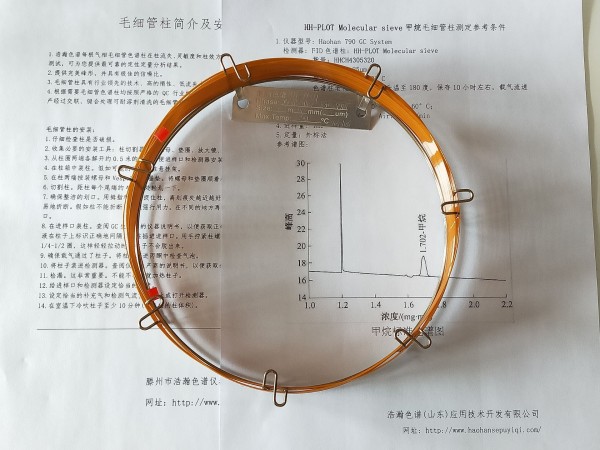
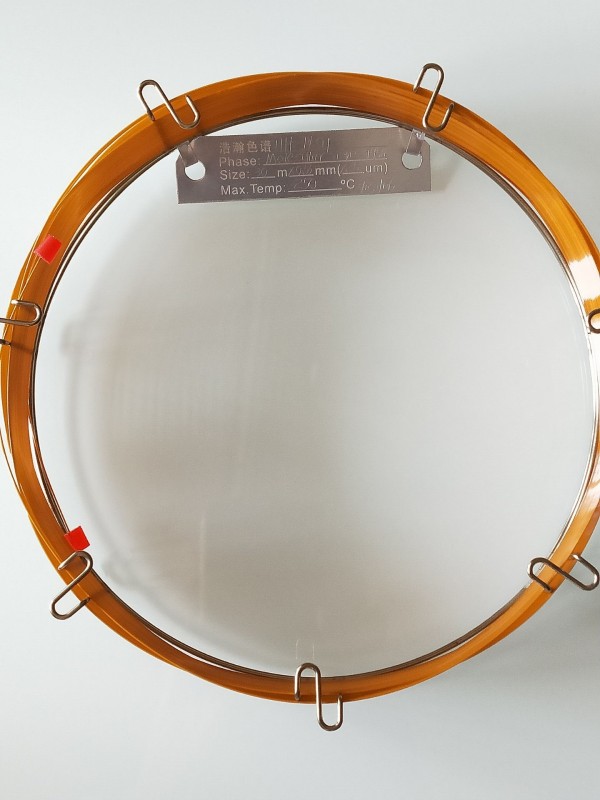
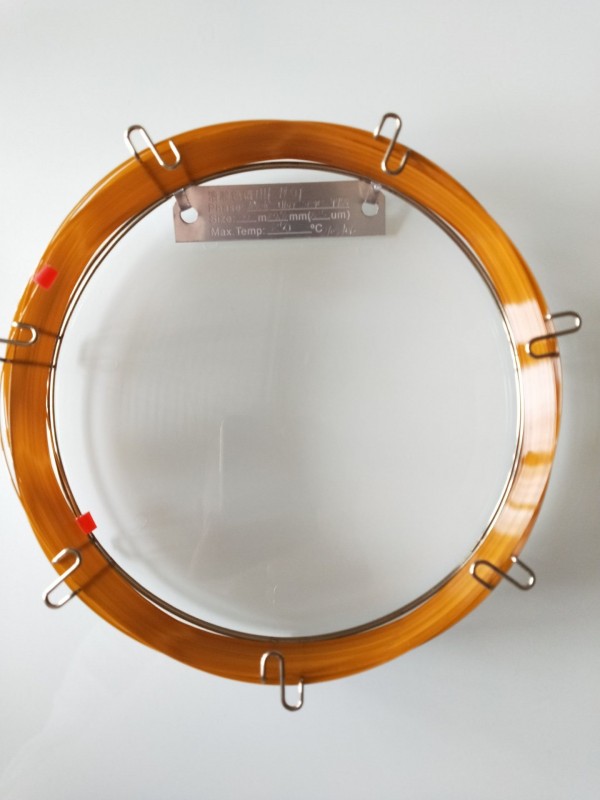
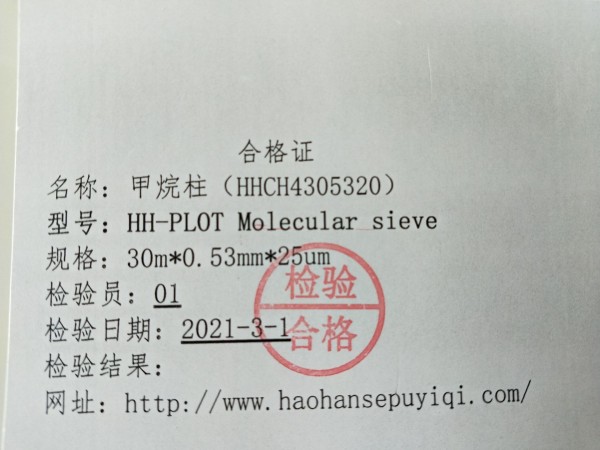

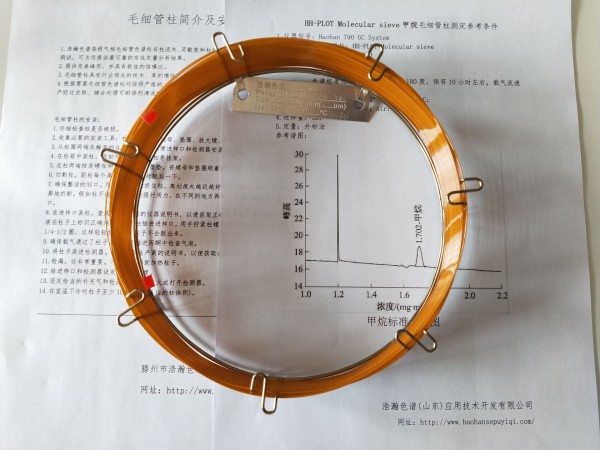

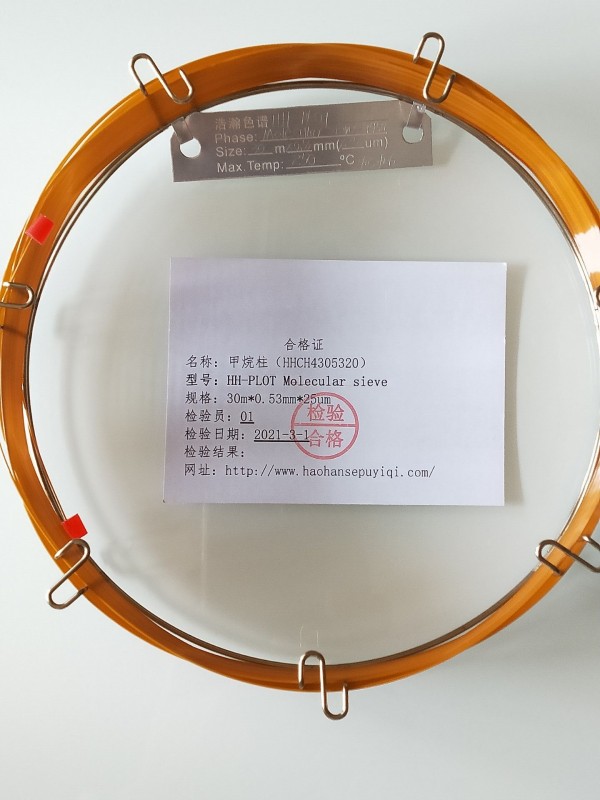
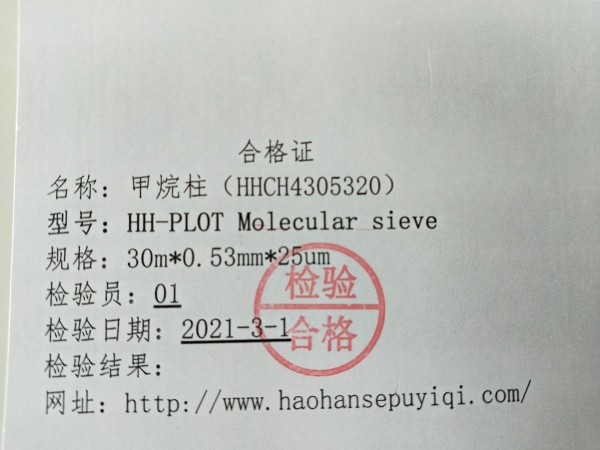
Determination of ambient air methane HJ 604-2017
Determination of ambient air methane HJ 604-2017 Details:
Methane capillary column:
Statio
Specifications: 30m*0.53mm*25um
Application: Ambient Air Determination of Total Hydrocarbons, Methane and Non-Methane Total Hydrocarbons Direct Injection-Gas Chromatography HJ 604-2017
HJ 604-2017 Ambient Air Determination of Total Hydrocarbons, Methane and Non-Methane Total Hydrocarbons Direct Injection-Gas Chromatography
1 Scope of application
This standard specifies the direct injection-gas chromatography method for the determination of total hydrocarbons, methane and non-methane total hydrocarbons in ambient air.
This standard applies to the determination of total hydrocarbons, methane and non-methane total hydrocarbons in ambient air, and also applies to the determination of total hydrocarbons, methane and non-methane total hydrocarbons in the air at mo
When the injection volume is 1.0ml, the detection limit of this standard for the determination of total hydrocarbons and methane is 0.06 mg/m3 (calculated as methane), and the lower limit of detection is 0.24 mg/m3 (calculated as methane); non-methane total hydrocarbons The detection limit is 0.07 mg/m3 (calculated by carbon), and the lower limit of determination is 0.28 mg/m3 (calculated by carbon).
2 Normative references
This standard refers to the following docu
HJ 194 Technical Specification for Manual Mo
HJ 664 Technical Specifications for Layout of Ambient Air Quality Mo
HJ 732 Sampling air bag method for volatile organic compounds in waste gas from statio
HJ/T 55 Technical guidelines for mo
3 Terms and Definitions
The following terms and definitions apply to this standard.
3.1
total hydrocarbons (THC)
Refers to the sum of gaseous organic compounds that respond on the hydrogen flame io
3.2
no
Refers to the sum of other gaseous organic compounds after deducting methane from total hydrocarbons under the measurement co
4 Principles of the method
The gas sample was directly injected into a gas chromatograph with a hydrogen flame io
Determination of ambient air methane HJ 604-2017 test spectrum: